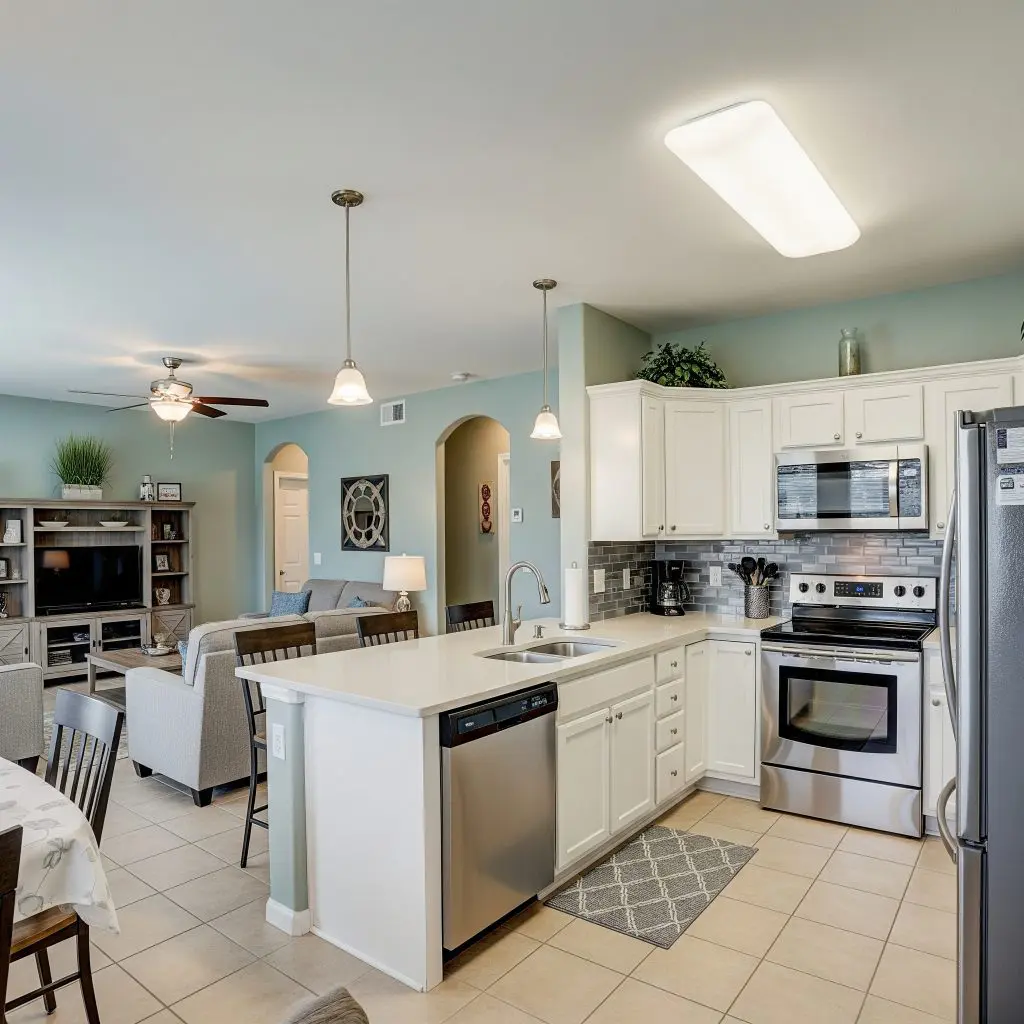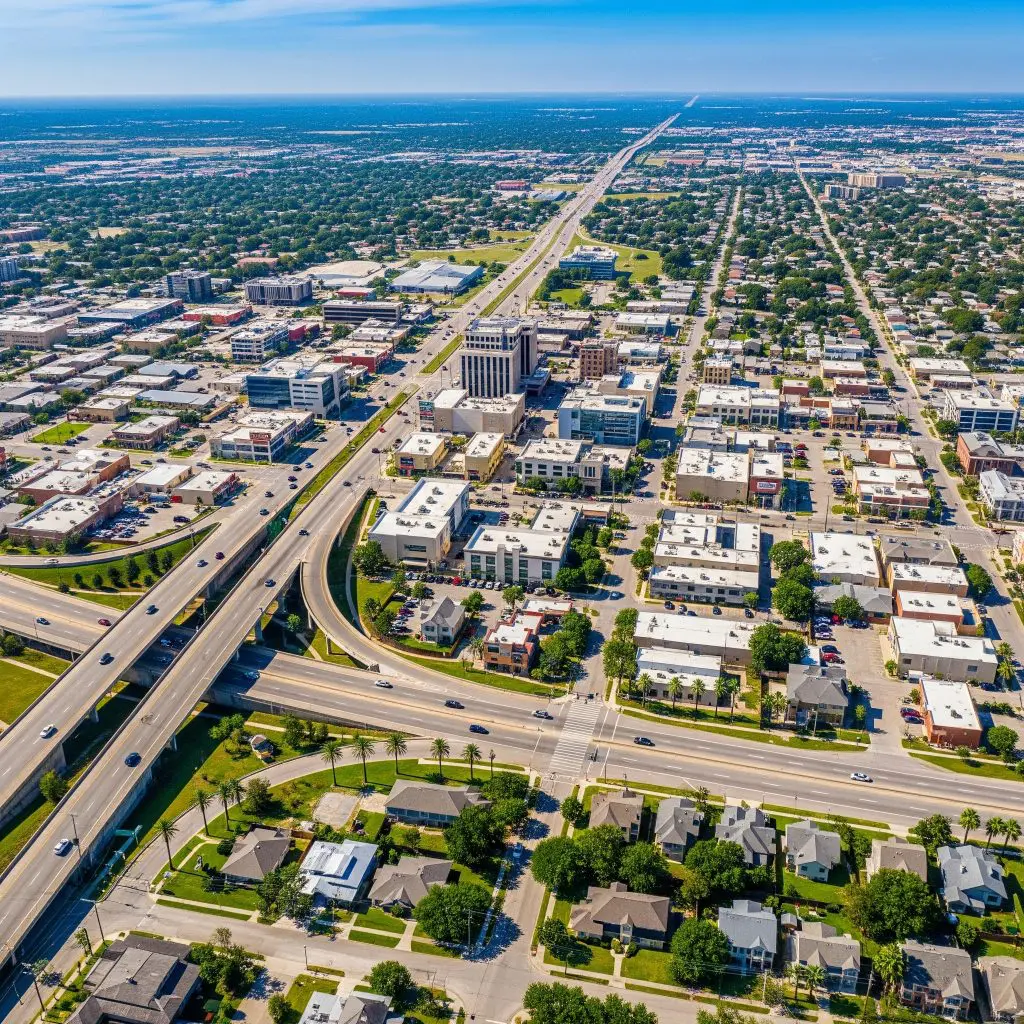Minnesota Inflation Budgeting & Real Estate Investment Guide 2025: State-Specific Strategies
As the United States continues to grapple with persistent inflation in 2025, Minnesota stands out as a microcosm of economic resilience and evolving real estate opportunities. With rising costs affecting everything from groceries to housing, Minnesotans face unique challenges in budgeting and investment planning. This comprehensive guide delves into state-specific inflationary trends, practical budgeting strategies, and the best real estate opportunities in Minnesota, especially in its dynamic metropolitan areas.
- Minnesota Inflation Budgeting & Real Estate Investment Guide 2025: State-Specific Strategies
- Minnesota Economic Indicators & Inflation Trends in 2025
- Cost of Living and Regional Adjustments
- State Economic Policies and Inflation Mitigation
- Real Estate Investment Focus: Suburban Family Housing
- Local Property Taxes and Investment Considerations
- Budgeting for Inflation: Minnesota Households
- Suburban Housing Investment: Comparative Market Performance
- Minnesota’s Major Metropolitan Areas: Market Deep Dive
- Local Regulatory Environment & Investment Incentives
- Investment Risks & Inflation Hedging Strategies
- Infrastructure, Climate, and Geographic Considerations
- 2025 Minnesota Economic Forecast & Projections
- Practical Example: Investing in Woodbury’s Suburban Market
- Conclusion: Minnesota’s Path to Smart Budgeting and Inflation-Proof Real Estate Investment
Minnesota Economic Indicators & Inflation Trends in 2025
- 2025 Inflation Rate: Minnesota’s annual inflation rate averaged 5.1% in the first half of 2025, slightly below the national average but higher than its historical norm.
- Major Economic Drivers: Healthcare, education, manufacturing, technology, and agriculture.
- Unemployment Rate: 3.7% (Q2 2025), indicating a competitive job market resilient to economic headwinds.
- Wage Growth: Minnesota’s median wage grew by 4.6% in 2024, supporting moderate household purchasing power.
- Population Growth: Minnesota’s population surpassed 5.86 million in 2025, growing steadily due to net-positive migration and robust urban job sectors.
Cost of Living and Regional Adjustments
- Statewide Cost of Living Index (2025): 102 (national average: 100)
- Major Components:
- Housing: 23% above national average in the Twin Cities; lower in Duluth and Rochester
- Utilities: Consistently moderate, benefitting from strong state utility regulation
- Groceries & Transportation: Steadily impacted by inflation, but mitigated by robust local production
State Economic Policies and Inflation Mitigation
Minnesota has implemented policies to counter rising costs, focusing on property tax relief for low- and middle-income homeowners, investment incentives for affordable housing, and targeted support for energy-efficient developments. The state government’s proactive approach helps moderate cost pressures and strengthens real estate market fundamentals.

Real Estate Investment Focus: Suburban Family Housing
For 2025, suburban family housing remains one of Minnesota’s most attractive inflation-hedging real estate opportunities. As urban prices surge, families seek affordability and space in the state’s vibrant suburbs, creating robust demand for single-family homes and townhouses.
Need capital? GHC Funding offers flexible funding solutions to support your business growth or real estate projects. Discover fast, reliable financing options today!
Test Your Expertise: The Complexities of the 1031 Exchange

As a sophisticated real estate investor, you understand that the 1031 Exchange is a cornerstone strategy for tax deferral and wealth accumulation. But beyond the basics, the intricacies of the 1031 Exchange rules can pose significant challenges. This quiz is designed to test your in-depth knowledge and highlight critical nuances that separate casual investors from true experts in 1031 Exchange transactions.
Instructions: Choose the best answer for each question.
⚡ Key Flexible Funding Options
GHC Funding everages financing types that prioritize asset value and cash flow over lengthy financial history checks:
-
Bridge Loans: These are short-term loans used to "bridge the gap" between an immediate need for capital and securing permanent financing (like a traditional loan or sale). They are known for fast closing and are often asset-collateralized, making them ideal for time-sensitive real estate acquisitions or value-add projects.
-
DSCR Loans (Debt Service Coverage Ratio): Primarily for real estate investors, these loans are underwritten based on the property's rental income vs. debt obligation ($\text{DSCR} = \text{Net Operating Income} / \text{Total Debt Service}$), not the borrower's personal income or tax returns. This offers flexibility for those with complex finances.
-
SBA Loans: The Small Business Administration (SBA) guarantees loans offered by partner lenders. While providing excellent terms (long repayment, lower rates), the application process is typically slower than private/bridge funding, often making them less suitable for immediate needs. SBA eligibility heavily relies on the DSCR metric for repayment assessment.
🌐 Learn More
For details on GHC Funding's specific products and to start an application, please visit their homepage:
The Ultimate DSCR Loan for Rental Property Quiz

Are you looking to expand your real estate investment portfolio? A DSCR loan might be the perfect tool to help you achieve your goals without relying on traditional income documentation. Test your knowledge with this quiz to see if you're ready to master the intricacies of a DSCR loan for rental property.
Key Suburban Markets:
- Maple Grove: High demand for 3-4 bedroom homes, excellent schools, retail expansion, and a growing population (+2.1% in 2024-25).
- Eden Prairie: Stable job market, top-performing school districts, and consistent appreciation rates (4.5% YTD).
- Woodbury: Strong new construction pipeline, significant corporate presence, and lower crime rates attract professional families.
- Burnsville/Lakeville: Rapidly developing retail corridors, increasingly popular for hybrid workers.
Local Property Taxes and Investment Considerations
- Median Property Tax Rate (2025): 1.12% of assessed property value (national median: 1.08%)
- Minnesota’s property taxes vary by county and school district, making local due diligence critical. Suburban areas in Hennepin, Dakota, and Washington counties feature competitive rates versus metropolitan Minneapolis.
Budgeting for Inflation: Minnesota Households
- Adjust Housing Cost Expectations: Anticipate continued appreciation in suburban markets (projected annual gains: 4-5%). Prioritize fixed-rate mortgages and lock in rates promptly to hedge against further increases.
- Utility Inflation Management: Invest in energy-efficient upgrades. Minnesota offers state rebates for solar, geothermal, and advanced insulation—significantly lowering long-term costs.
- Grocery and Transportation: Embrace local, seasonal food sources and consider eco-friendly transportation options. Greater Minneapolis-St. Paul is expanding public transit, providing family savings.
- Childcare & Education: Factor in rising costs (projected increase: 6% in 2025), but leverage high-performing public systems in growing suburbs.
- Healthcare: Minnesota’s robust healthcare network enables competitive insurance options, maintaining moderate cost increases (2.9% average rise, 2024-25).
Suburban Housing Investment: Comparative Market Performance
| City/Suburb | Median Home Price (2025) | Annual Appreciation (%) | Rental Yield |
|---|---|---|---|
| Maple Grove | $452,000 | 4.7% | 6.2% |
| Eden Prairie | $490,500 | 4.5% | 5.8% |
| Woodbury | $423,000 | 5.1% | 6.5% |
| Burnsville | $365,000 | 5.2% | 6.7% |
Case Study: Lakeville’s Suburban Boom
In Lakeville, a Minneapolis suburb, a local real estate group invested in a portfolio of single-family homes in late 2023. By mid-2025, they achieved a rental occupancy rate of 97%, with annual rents up 8% year-over-year. Appreciating values (up 6% since purchase) plus stable rental demand provided a superior inflation hedge compared to Index-linked bonds or cash savings.
Minnesota’s Major Metropolitan Areas: Market Deep Dive
- Minneapolis–St. Paul (Twin Cities): Minnesota’s economic engine; home to Fortune 500 headquarters, technology hubs, and extensive medical systems. Urban core remains expensive, but strong job and wage growth support continued suburban expansion.
- Rochester: Anchored by the Mayo Clinic, steady population growth (+1.5%), strong demand for family housing options, and a healthy influx of tech talent.
- Duluth: Resurgence from logistics and tourism industries; investment focus shifting towards family housing outside core neighborhoods for rental conversions.
Local Regulatory Environment & Investment Incentives
- State Incentives: Down payment assistance programs and property tax rebates for new owner-occupants, especially in target-growth communities.
- Regulatory Stability: Strong consumer protections and landlord-tenant statutes. Recent reforms streamlined permitting for large-scale housing developments.
- Affordable Housing Initiatives: 2025 saw increased grants for affordable rental development in fast-growing Twin Cities suburbs, creating new public-private partnerships.
Investment Risks & Inflation Hedging Strategies
- Market Volatility: Price fluctuations remain a risk in higher-density and luxury segments; focus on mid-priced, family-friendly stock in strong school districts for stability.
- Property Taxes: While generally consistent, potential rates increases necessitate careful stress testing of investment returns.
- Inflation Hedge: Real estate values and rental rates in growth suburbs historically outpace Minnesota’s inflation curve, providing robust asset preservation.
- Diversification: Consider blending suburban holdings with select urban multi-family units for rental diversity and income.
Infrastructure, Climate, and Geographic Considerations
- Transport: State and regional investments in transit—especially Metro Transit’s new bus rapid lines—are rapidly changing accessibility and work/life patterns in the suburbs.
- Climate Risks: Minnesota is buffered from major natural disasters. However, extreme cold can raise utility budgets and maintenance costs—factor these into property management plans.
- Land Availability: Outer-ring suburbs and exurban areas like Chaska, Shakopee, and Cottage Grove are seeing increased developer interest due to land supply and relative affordability.
2025 Minnesota Economic Forecast & Projections
- GDP Growth: Projected at 2.2% (Q2 2025 estimate), driven by healthcare, information technology, and advanced manufacturing.
- Employment: Expected to remain strong, especially in suburbs and regional centers.
- Household Formation: Upward trajectory boosts entry-level and move-up housing demand in family-focused areas.
Practical Example: Investing in Woodbury’s Suburban Market
Investor A purchased a four-bedroom home in Woodbury in early 2024 at $399,000. By mid-2025, the home’s value had risen to $423,000 (+6%), with rents increasing by 8.5%. Despite inflationary pressures on repairs and insurance, net returns exceeded 7% annually, outpacing most passive investments during the same period. The investor leveraged state energy rebates to further reduce operating expenses, maximizing inflation resilience.
Community Success Story: Building Wealth in Eden Prairie
✅ Small Business Resources
-
SBA – Small Business Administration
https://www.sba.gov - SCORE Mentors (Free Mentoring & Workshops)
https://www.score.org - Small Business Development Centers (SBDC)
https://americassbdc.org
Are You an SBA Real Estate Loan Expert?

Test your in-depth knowledge on using SBA Loans for owner-occupied commercial Real Estate acquisition. These questions delve into the critical details that can impact your business's growth and financial strategy.
The Rodriguez family, first-time buyers, used a state-backed down payment assistance program to enter the Eden Prairie market in 2024. Locking in a fixed-rate mortgage before further Federal Reserve hikes, their housing costs remained stable while neighborhood property values and local amenities grew year-over-year. Their experience underscores the advantages of early action and state-local resource maximization during inflationary cycles.
Conclusion: Minnesota’s Path to Smart Budgeting and Inflation-Proof Real Estate Investment
✅ Real Estate Investor Resources
-
AirDNA (Short-Term Rental Data)
https://www.airdna.co - Rentometer (Rent Comps)
https://www.rentometer.com - Zillow Research & Data
https://www.zillow.com/research
DSCR Loan IQ Quiz!

Test your knowledge of Debt Service Coverage Ratio (DSCR) loans!
Minnesota’s strong fundamentals, sustained job growth, proactive state policies, and vibrant suburbs provide a compelling inflation-busting real estate landscape in 2025. Investors and families can build resilience through strategic budgeting, savvy suburb selection, and by leveraging state and local resources. With prudent planning and locally informed choices, Minnesota’s suburban housing offers both shelter and portfolio protection in a high-inflation era.
Get a No Obligation Quote Today.



